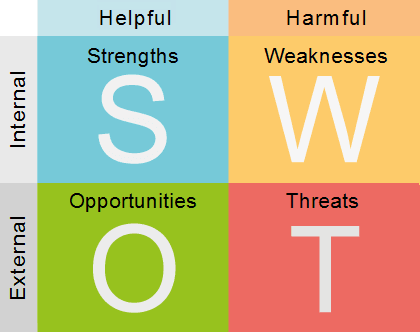One of the biggest mistakes we make when developing a new Product or Service is basing it on what WE want rather than what your customers want. If you are not solving your customers problem, your business might just go out of business.
If you think you are alone, you aren’t! Even the biggest of brands have made this error in judgement when developing new products.
For example, Gerber’s attempt at selling Adult Baby Food with flavors like Filet Mignon and Salisbury Steak or Coors’ introduction of Bottled Water, marketed using bottles resembling their beer products. Not an image you want to project at work or an image you want to see with your children.
Those products failed because they overlooked one main factor : Sell the Solution to a Problem, not the Product.
Related Article: Know the Steps to Problem Solving
Before creating a product, first figure out the problem. Then Find the solution. Build the Product. Go out and sell it.
Become the Expert:
Take assumption OUT of the equation! There is nothing worse for a customer than buying a product and feeling completely disappointed that it does not provide the solution to their problem. Become the Expert of your industry and craft. Spend a lot of time educating and understanding of that world as much as possible – Trust me, your knowledge of the industry will speak through your product!
Know your audience before you start building your product:
Customers are your best source of information and know what they want and need for their business, so one of the first steps in developing a product is Market Research. Understand what the problem, or problems are.
The benefits to conducting Market Research is to get opinions from real consumers that will tell you of the problems they need a resolution for.
Who are current competitors in the space:
A good practice is to know who your competitors are in your space. This type of insight in invaluable and will help build a better solution; however, do not become a mirror image of them. Set yourself apart from the competition, focusing more on building a better product.
Know your Return-On-Investment:
When building a product, especially at a start-up, you typically encounter the challenge of resources being limited and often finding yourself wearing many hats to get the job done. While building a product is never easy, taking the time outline the costs to building your product, and all that goes into it (i.e.: Packaging, delivery, employees, licensing, etc.), will help you develop a pricing point for a strong profit margin.
Get Feedback:
Before you spend a great deal of money on mass production, start off with a small sampling size. Get feedback from your clients, adjust the product until you feel you have a great product.
Above all, be organized in your approach by keeping timelines and outlines of all your work and always have an open mind to ideas and feedback that will help you build an outstanding product.










